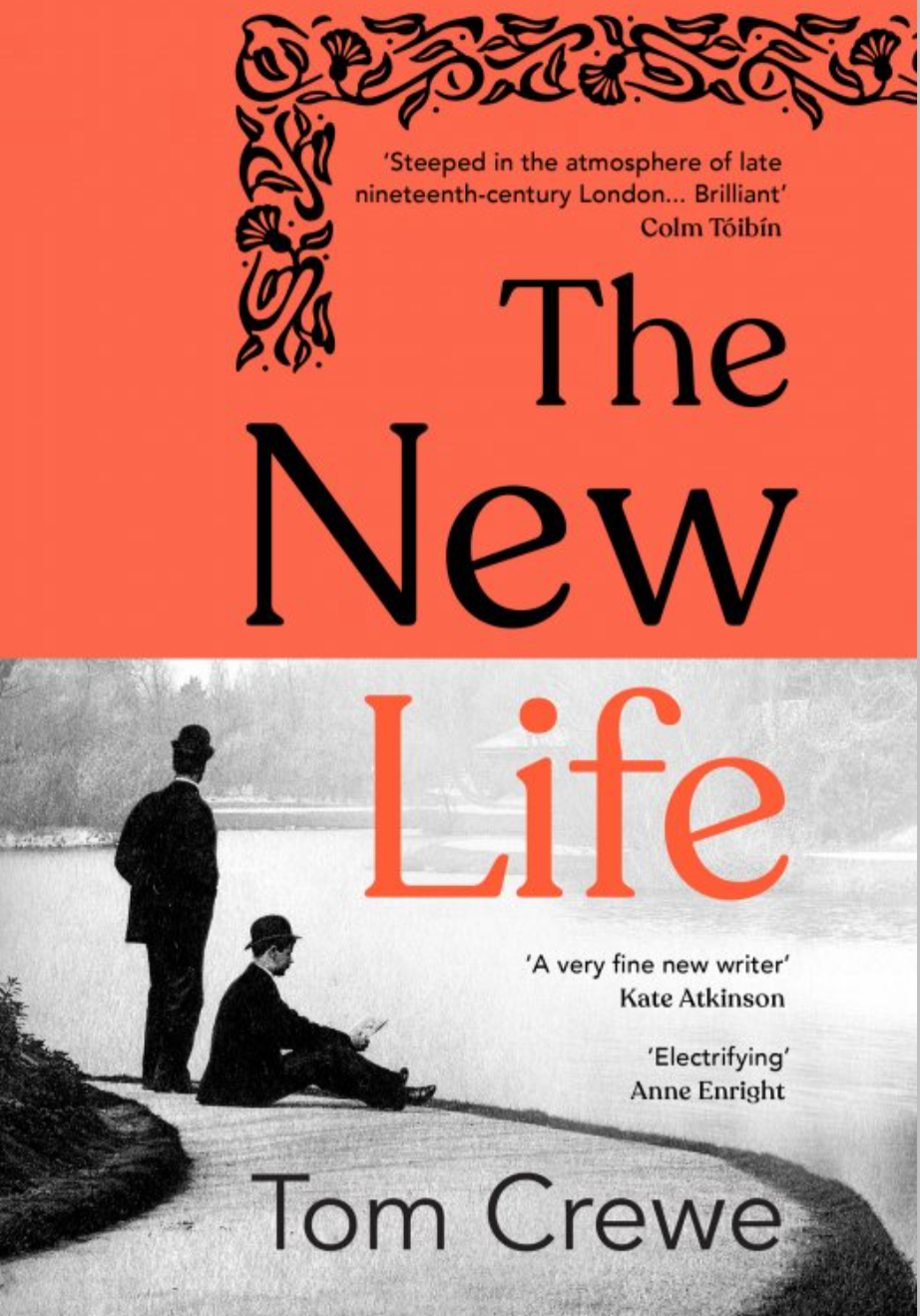The New Life
- James Phillips
- Jul 15
- 2 min read
Reviewed by Janet Bayliss
By Tom Crewe (Vintage Digital: 2023)
First published in 2023, this is an impressive debut by a new young writer (born in 1989) and definitely one to watch. Tom Crewe hails from Middlesbrough and gained a PhD in nineteenth century British history from the University of Cambridge. Having been an editor of the iconic London Review of Books since 2015, he brings considerable erudition to The New Life, which has won several prizes and has been translated into no less than five languages (1). In 2023 Tom was named as one of the publishing company Granta’s Best Young British Novelists.

I personally found that one of the keys to understanding this book is to realise that it is based on real life events, but there has been considerable adaptation and reshuffling of circumstances and order of happenings by the author to increase dramatic tension, which is successful. John Addington is a gentleman of some means aged about fifty, who is trapped in what is now sometimes called a ‘lavender marriage’. He is a family man with three daughters but actually attracted to other men. A chance meeting in a park leads to him truly falling in love for the first time. He is known as a writer and wishes to write a book to change the law and society, which leads to a collaboration with Henry Ellis, another writer, and to the creation of the book Sexual Inversion (which was indeed actually published in the 1890s).
Henry has entered a marriage of convenience with a woman who is not in love with him, partly in an attempt to embody the principles of ‘The New Life’ movement, which is engaged in active questioning of the mores and morals of the day. The book captures the spirit of the time vividly, and yes, in a sexy manner, while illuminating the intellectual milieu of the age of Oscar Wilde, the ‘naughty nineties’ and the concepts and philosophies that will lead people into the twentieth century. The stresses and dangers under which Henry, John and their colleagues operate is captured in a gripping style, culminating in the trial of Wilde and the resulting fallout. I particularly responded to the rather gawky Frank Feaver, John’s lover and a young man who reminded me of the tragic Leonard Bast in Howards End by E. M. Forster (2). Initially Frank seemed to be an ambiguous character who could have exploited John’s love for him in all sorts of ways. But he stayed faithful and true to the end.
On the basis of this initial book, I would see Tom Crewe as a considerable young writer with a great future ahead of him in literary fiction, carrying an urgent and profound message about love, desire and freedom of expression.
Crewe, T. The New Life: about, 2025, https://www.tomcrewe.com/
LitCharts Howards End: Leonard Bast: character analysis, 2025, https://www.litcharts.com/lit/howards-end/characters/leonard-bast




Comments